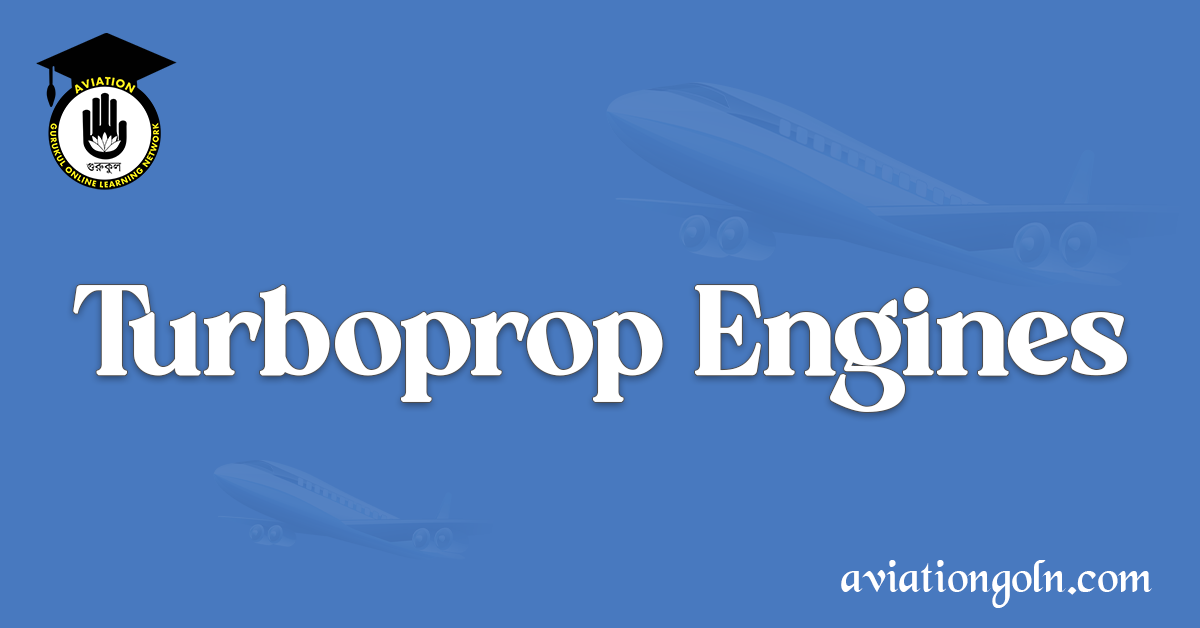Turboprop Engines: The dynamism of aircraft propulsion has seen the rise of various engine designs, each tailored to cater to specific flight needs. Among the many marvels of engineering, the turboprop engine occupies a unique space, bridging the gap between the simplicity of piston engines and the sheer power of jet engines. In this exploration of turboprop engines, we will dive deep into their mechanisms, variants, merits, challenges, and their role in modern aviation.
Turboprop Engines: Types of Aircraft Engines

Historical Overview
The evolution of turboprop engines can be traced back to the 1940s, shortly after the development of turbojet engines. As the aviation industry recognized the potential of jet propulsion, the need arose for an engine that could combine the efficiency of propellers at lower speeds with the advantages of a jet engine. Thus, the turboprop was born.
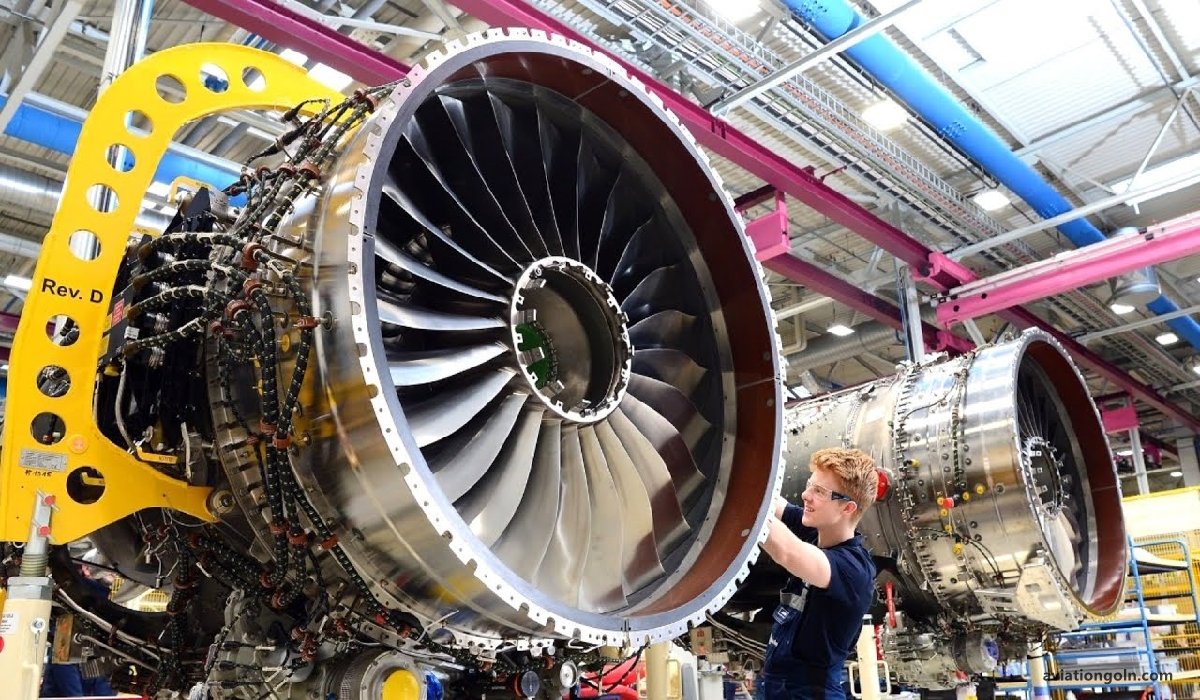
Working Mechanism
At its essence, a turboprop engine is a jet engine, but instead of relying solely on the jet’s exhaust to produce thrust, a significant portion of its power is used to drive a propeller. Here’s a breakdown of its operational stages:
- Air Intake: Air is drawn into the engine.
- Compression: Through axial or centrifugal compressors, the air is compressed, raising its pressure and temperature.
- Combustion: The compressed air enters the combustion chamber, where it mixes with fuel and ignites, producing high-energy exhaust gases.
- Turbine Drive: These exhaust gases then turn a turbine. While in jet engines the turbine primarily drives the compressor, in turboprops, it also powers a shaft connected to a gearbox.
- Gearbox & Propeller: The gearbox reduces the rotational speed of the shaft to an optimal propeller speed. The propeller, when turned, produces the majority of the engine’s thrust.

Key Components
- Propeller: Multi-bladed and can be variable-pitch, allowing for optimal performance across different flight conditions.
- Reduction Gearbox: Converts the high rotational speed of the turbine to the lower speed optimal for propeller operation.

- Compressor: Increases the pressure and temperature of the intake air.
- Combustion Chamber: The site of air-fuel mixture ignition.
- Turbine: Extracts energy from the exhaust gases to drive the compressor and propeller.
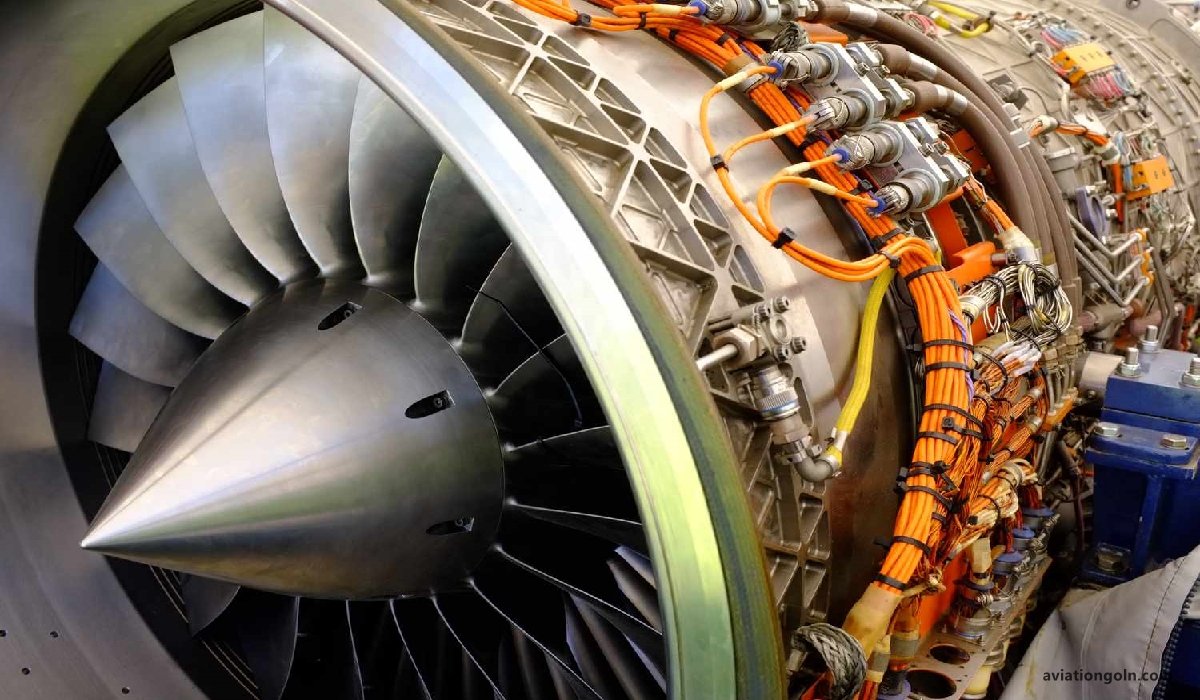
Variants of Turboprop Engines
- Single-Shaft Turboprop: The compressor, turbine, and propeller are all driven by a single shaft. While simpler, it offers less operational flexibility.
- Free Turbine Turboprop: Features two turbines – one drives the compressor (gas generator turbine) and the other (power turbine) drives the propeller through the reduction gearbox. This separation allows the propeller and compressor to operate at their optimal speeds independently.

Advantages of Turboprop Engines
- Efficiency at Lower Speeds: Particularly efficient for subsonic flight and is favored for shorter routes.
- Short Takeoff and Landing (STOL) Capability: Generates significant thrust even at low speeds, enabling aircraft to operate on shorter runways.
- Fuel Efficiency: Consumes less fuel than pure jet engines at the same power output.
- Versatility: Can operate efficiently over a wide range of altitudes and airspeeds.
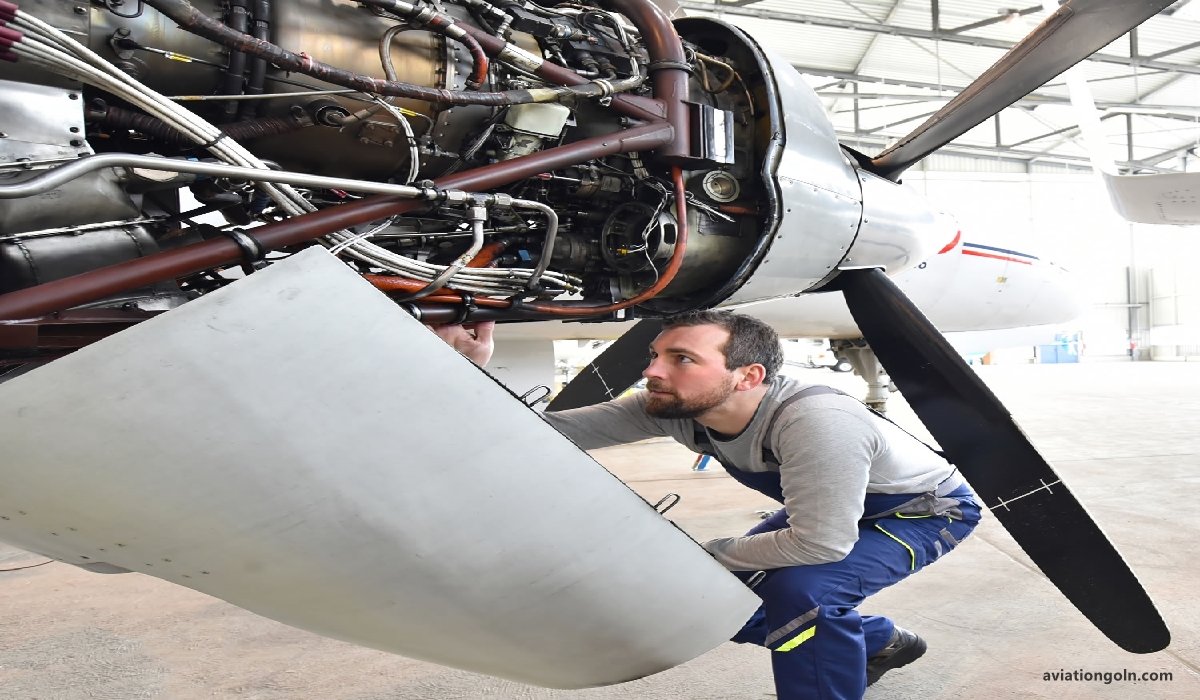
Challenges and Considerations
- Speed Limitations: Not designed for high-speed or high-altitude flights like turbojets or turbofans.
- Noise: Propellers, especially when near the speed of sound at their tips, can generate significant noise.
- Maintenance Complexity: The combination of jet engine components and intricate gearboxes can result in maintenance challenges.
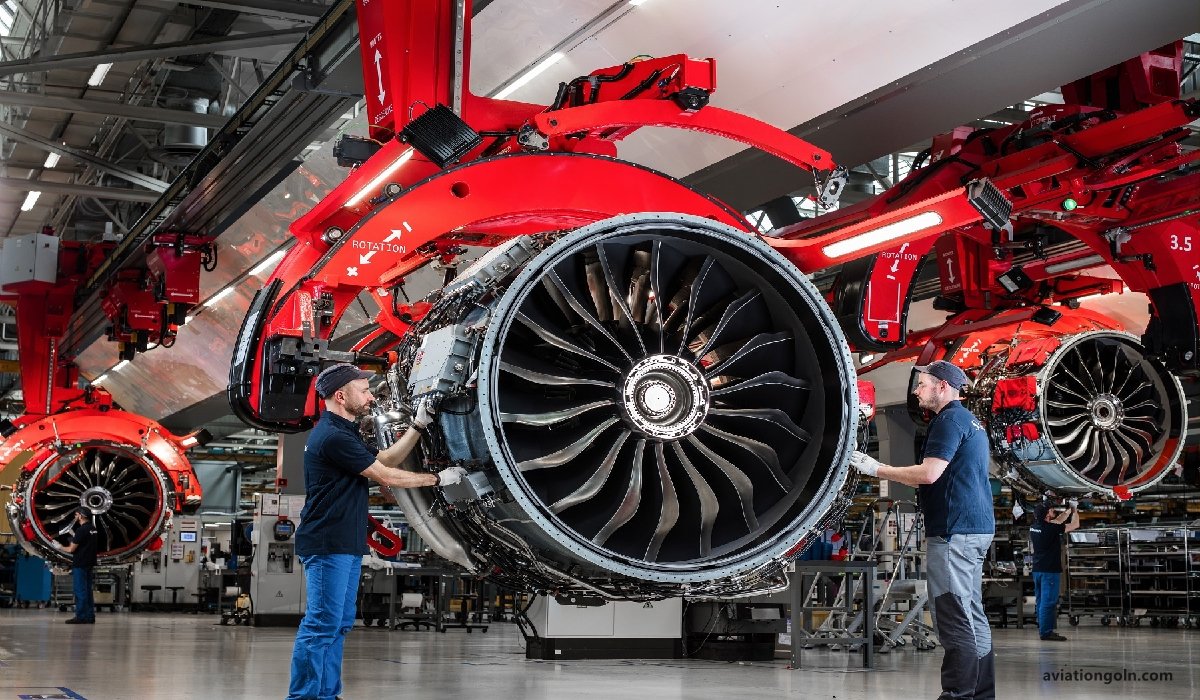
Turboprops in Modern Aviation
Turboprop engines have found their niche in regional air travel, cargo operations, and in areas with less developed airstrips. Their ability to efficiently operate on shorter routes and runways, combined with lower operational costs, makes them a staple in the fleets of many regional carriers.
Moreover, turboprops are prevalent in various specialized roles such as:
- Agricultural Aircraft: Used for crop dusting and other agricultural applications.
- Surveillance and Reconnaissance: Their endurance and efficiency make them ideal for extended observation missions.
- Search and Rescue: Versatile flight characteristics enable them to operate in diverse conditions.

The Future of Turboprop Engines
With the global push towards greener aviation and sustainable practices, turboprops are receiving renewed attention. Engineers and manufacturers are exploring advanced propeller designs, noise reduction technologies, and even hybrid-electric concepts that use turboprop systems.
Recent developments also suggest the integration of advanced digital controls, better fuel efficiency, and the possibility of combining turboprop technology with emerging propulsion concepts to produce even more versatile aircraft.

Turboprop engines, with their unique fusion of old and new, offer a testament to the versatility of engineering. By marrying the age-old principle of the propeller with the advancements of jet propulsion, turboprops have carved a distinct niche in the world of aviation. As we stand on the brink of even more revolutionary shifts in aerospace technology, the turboprop engine serves as a reminder of the industry’s adaptive spirit and the endless quest for optimal efficiency and performance.
